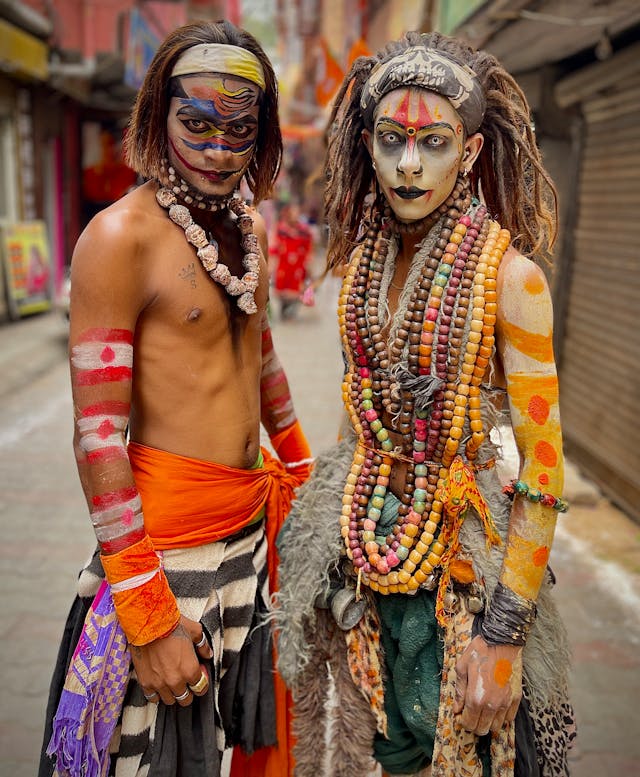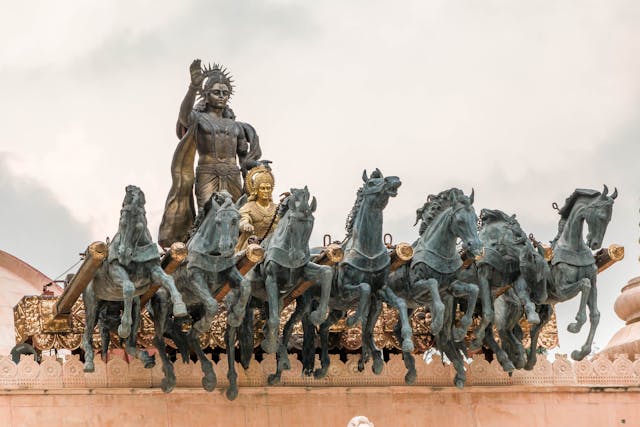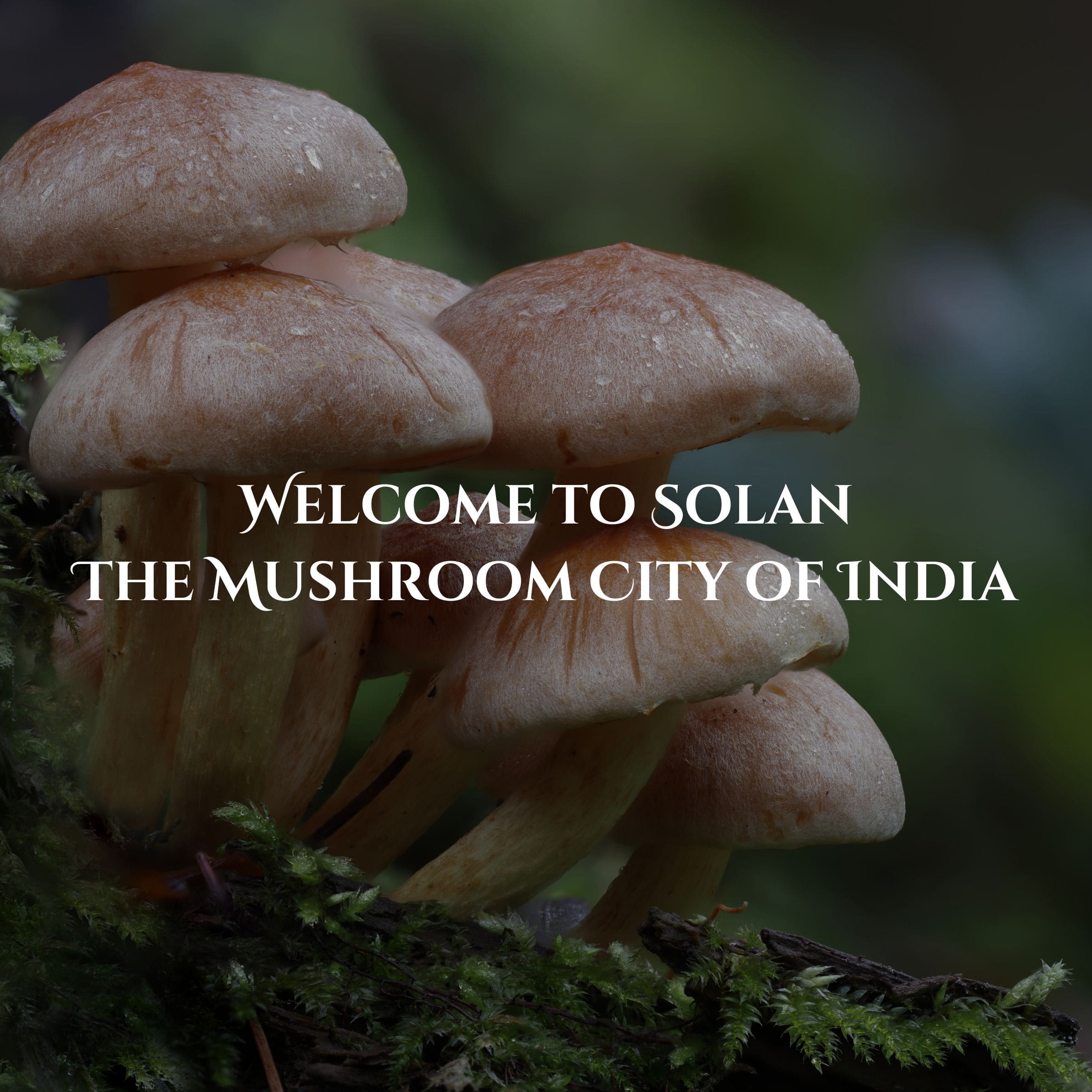History of Solan AKA Mushroom city of India is not known to all! Solan or earlier known as Baghat, is a charming town in Himachal Pradesh. It’s known for serene landscapes, pleasant climate, and rich cultural heritage. It was given the name of the ‘Mushroom City of India’ due to its extensive mushroom farming. Solan also boasts a fascinating history that dates back centuries.
From being a princely state to a major commercial hub, Solan has witnessed significant transformations over the years.
Origins and Ancient History | History of Solan
Solan’s history is deeply rooted in the erstwhile princely state of Baghat. The region was initially ruled by local chieftains before coming under the control of the Gurkhas in the early 19th century. The Gurkhas, known for their military prowess, controlled the area until the British East India Company defeated them in the Anglo-Gurkha War (1814–1816).
After their defeat, Solan and the surrounding areas were annexed by the British, who later integrated it into the Simla Hill States.
British Influence and Development
During the British Raj, Solan grew in prominence as a key transit point between Kalka and Shimla. The British developed several structures in Solan, including the famous Solan Brewery, established in 1855. This made it one of the oldest breweries in India. The development of the Kalka-Shimla Railway in 1903 further enhanced Solan’s importance by providing seamless connectivity to Shimla.
Shimla was also once the summer capital of British India.
Post-Independence Growth | History of Solan
After India gained independence in 1947, Solan became part of the Indian Union and was later merged into Himachal Pradesh in 1966. The town continued to grow, establishing itself as an educational and industrial hub. Today, Solan is home to Dr. Yashwant Singh Parmar University of Horticulture and Forestry, which has played a crucial role in advancing agricultural and horticultural research in India.
Solan has groomed well after many areas of the district came under Special Economic Zone to boost businesses.
Discover Solan Social on Instagram
Cultural and Economic Significance
Solan is known for its vibrant festivals, including the annual Shoolini Fair, dedicated to Goddess Shoolini, the town’s presiding deity. This fair, which takes place at the Shoolini Mata Temple, is a major cultural event, attracting thousands of devotees every year. Additionally, Solan’s economy thrives on agriculture, horticulture, and tourism, with mushroom farming being a standout feature.
Solan can also be reffered as the educational hub of Himachal Pradesh with several Universities and Institutions.

Modern-Day Solan
Today, Solan serves as a gateway to popular hill stations like Shimla, Kasauli, and Chail. It has also emerged as a commercial center, hosting numerous pharmaceutical and food-processing industries. The town’s strategic location, pleasant weather, and historical landmarks make it a preferred destination for travellers and history enthusiasts alike.
Mohan Shakti Park, Shoolini Temple, Bagro Railway Station, Jatoli Temple, Dolanji Monestery are some of the key tourist attractions.
Conclusion | A Brief history of Solan
Solan’s journey from a princely state to a bustling town reflects its resilience and adaptability. With a blend of historical significance, cultural richness, and economic prosperity, Solan continues to be a cherished gem in Himachal Pradesh. Whether you are a history buff, a nature lover, or a traveler seeking tranquility, Solan offers something for everyone.




